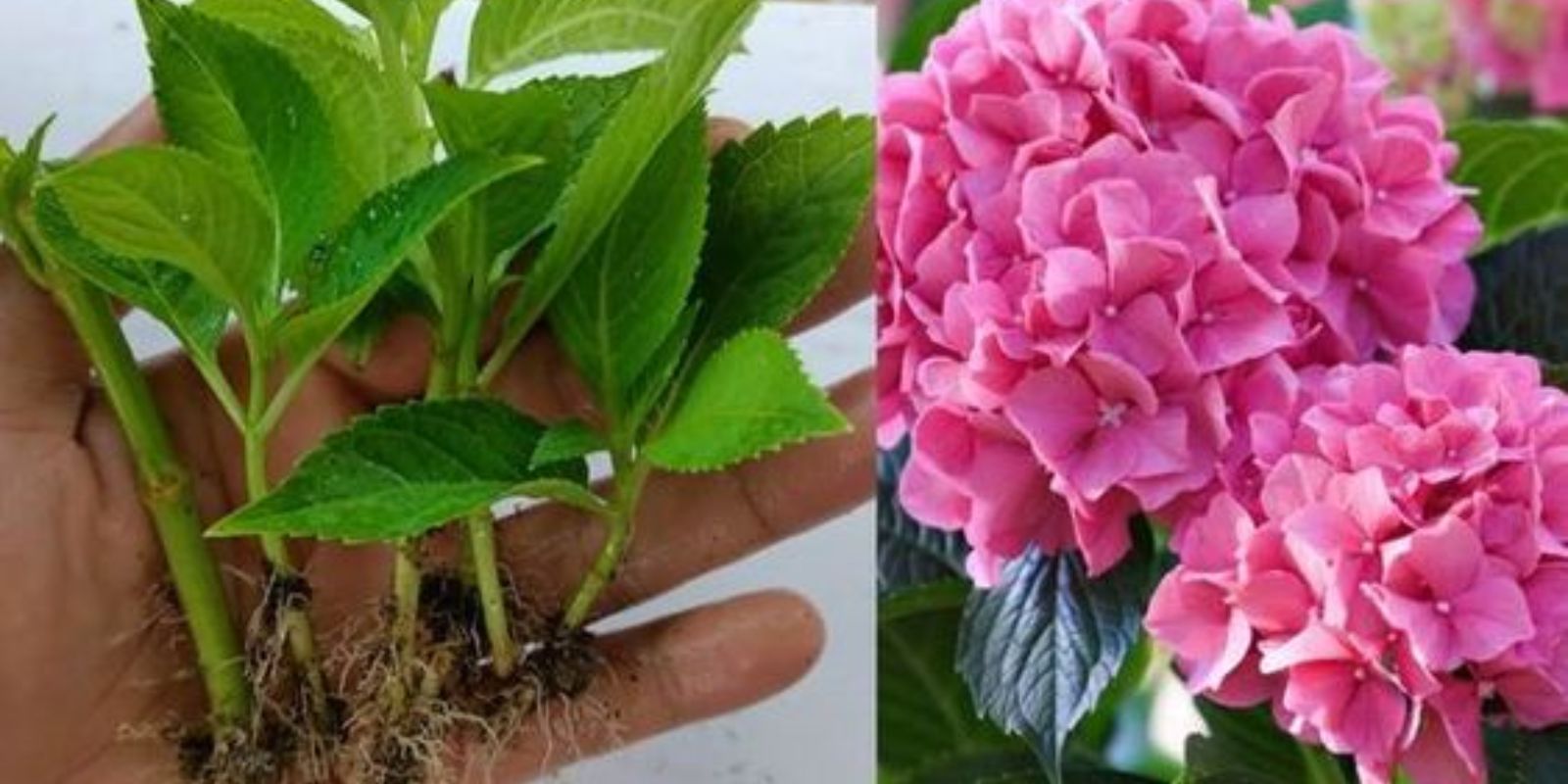Introduction
Hydrangeas are one of the most beloved flowering shrubs, known for their large, colorful blooms that can brighten any garden. However, it can be frustrating when your hydrangeas fail to produce flowers. Understanding the reasons behind this issue and learning how to address them can help you transform your hydrangea into a blooming masterpiece. This article provides detailed insights into why hydrangeas might not bloom and offers expert tips to ensure they produce an abundance of gorgeous flowers.
1. Light Requirements
Understanding Sunlight Needs
Hydrangeas have specific light requirements that, if not met, can affect their blooming. Most hydrangeas prefer partial shade, especially in the afternoon. Here’s how to manage their light exposure:
Morning Sun and Afternoon Shade: Hydrangeas typically thrive with morning sun and afternoon shade. Too much direct sunlight, especially in the heat of the day, can stress the plant and inhibit blooming.
Adjust Planting Location: If your hydrangea is in a spot that gets too much or too little light, consider transplanting it. Early spring or late fall, when the plant is dormant, are the best times for moving hydrangeas.
2. Proper Pruning
Pruning Techniques for Blooming
Pruning hydrangeas at the wrong time is a common reason for lack of blooms. Different types of hydrangeas require different pruning methods:
Know Your Hydrangea Type:
- Hydrangea macrophylla (Bigleaf): Blooms on old wood. Prune immediately after flowering to avoid cutting off next year’s buds.
- Hydrangea paniculata (Panicle) and Hydrangea arborescens (Smooth): Bloom on new wood. Prune in late winter or early spring before new growth starts.
- Hydrangea quercifolia (Oakleaf): Generally requires minimal pruning, but if necessary, prune after flowering.
Avoid Fall and Spring Pruning: Pruning in fall or spring can remove flower buds that form on old wood, leading to fewer or no blooms.
3. Soil Amendments
Improving Soil Health
Healthy soil is crucial for hydrangea blooms. Hydrangeas prefer rich, well-draining soil with plenty of organic matter.
Soil Testing: Conduct a soil test to determine pH and nutrient levels. Hydrangeas generally prefer slightly acidic to neutral soil (pH 5.5-6.5).
Add Organic Matter: Incorporate compost, leaf mold, or well-rotted manure into the soil to improve its structure and fertility.
Adjusting Soil pH: If your soil is too alkaline, adding sulfur or peat moss can lower the pH. For soils that are too acidic, lime can raise the pH to the desired level.
4. Consistent Watering
Watering Practices
Hydrangeas require consistent moisture to thrive and bloom. However, overwatering or underwatering can both be detrimental.
Deep Watering: Water deeply to encourage roots to grow deeper into the soil. This practice helps the plant withstand periods of drought.
Mulching: Apply a 2-3 inch layer of mulch around the base of the plant to retain moisture, regulate soil temperature, and prevent weeds.
Avoid Water Stress: Check the soil moisture regularly, especially during hot, dry periods. Hydrangeas may need more frequent watering in these conditions.
5. Appropriate Fertilization
Fertilizing for Blooms
Using the right fertilizer at the right time can significantly impact hydrangea blooming.
Balanced Fertilizer: Use a balanced, slow-release fertilizer (e.g., 10-10-10) in early spring. Avoid high-nitrogen fertilizers as they promote leaf growth at the expense of blooms.
Follow-Up Feeding: Apply a second feeding of fertilizer in late spring or early summer. Follow the manufacturer’s instructions for dosage.
Organic Options: Consider using organic fertilizers like compost or fish emulsion to provide a steady supply of nutrients without the risk of over-fertilization.
6. Frost Protection
Preventing Frost Damage
Late spring frosts can damage hydrangea buds, leading to a lack of blooms.
Monitor Weather: Keep an eye on weather forecasts in early spring when buds start to form.
Covering Plants: Use frost cloths, sheets, or burlap to cover hydrangeas if frost is expected. Ensure the covers extend to the ground to trap warmth.
Sheltered Locations: Plant hydrangeas in locations protected from harsh winds and frost pockets, such as near buildings or under tree canopies.
7. Choosing the Right Variety
Variety Selection for Reliable Blooms
Some hydrangea varieties are more reliable bloomers than others, depending on your climate and garden conditions.
Reblooming Varieties: Consider planting reblooming hydrangeas like the ‘Endless Summer’ series. These varieties bloom on both old and new wood, providing a longer flowering season.
Cold-Hardy Varieties: In colder climates, choose varieties that are more frost-resistant, such as Hydrangea arborescens ‘Annabelle’ or Hydrangea paniculata ‘Limelight’.
Match to Conditions: Select varieties suited to your garden’s light, soil, and moisture conditions for the best chance of success.
Conclusion
Growing hydrangeas that produce an abundance of beautiful flowers is achievable with the right care and attention. By understanding the specific needs of your hydrangea variety and implementing the tips outlined in this article, you can address the common reasons for lack of blooms and encourage your plants to flourish. From ensuring proper light exposure and soil health to mastering pruning techniques and providing consistent watering, each step plays a vital role in your hydrangea’s overall health and blooming potential.
Motivation
Have you had success in reviving a non-blooming hydrangea? Share your tips and experiences with us! Your insights can help fellow gardeners achieve their goal of beautiful, blooming hydrangeas. Let’s learn and grow together!

